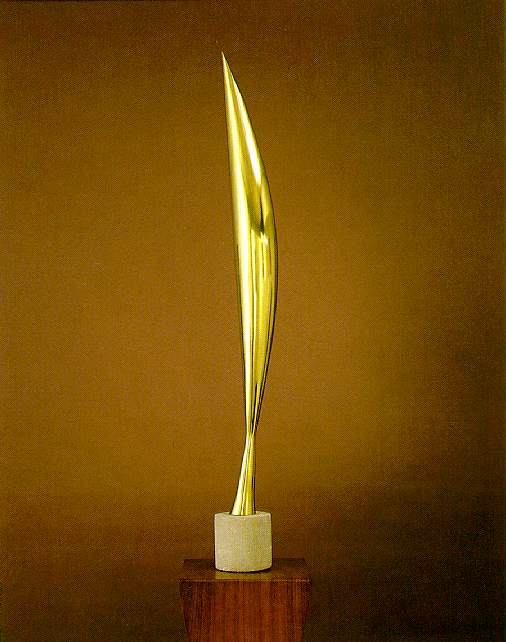It seems extraordinary that until now there should never have been a large-scale exhibition, in this country, of the work of Constantin Brancusi. An artist of huge originality and matching generosity of spirit, he was arguably the most influential sculptor of the first half of the twentieth century – Barbara Hepworth and Henry Moore were two of his many followers – and he was certainly the most technically fastidious. The relatively small number of his works, as well as their extreme fragility, may help to explain the omission. Whatever the reason, “Constantin Brancusi: The Essence of Things”, at Tate Modern, is a first.
Because of its belatedness the show’s organisers might have seen this as a long overdue opportunity to “contextualise” Brancusi (as the jargon has it). To their credit they have avoided the fashionable cul-de-sac of didacticism and exhibited the sculptures as a sequence of exquisite individual objects. Wall texts and labels have been kept to a minimum. Ingenious plinths with large circular bases have been designed to protect many of the works without encasing them in glass, so that not only Brancusi’s forms, but the way in which they slice and animate the air surrounding them, can be appreciated. The result is that rarest of modern museum experiences, an exhibition which respects works of art as objects of visual enchantment.
Brancusi was born in 1876 in deepest rural Romania, in the foothills of the Carpathian mountains. His father was the estate manager of the local monastery and a smallholder whose principal legacy to his son appears to have been the bequest of a plot of land, subsequently sold by Brancusi to help finance his studies. Scattered accounts of his youth suggest a discontented, gifted, intellectually curious child. In his teens he enrolled in the School of Arts and...

Brancusi Retrospective at Tate Modern 2004
01-02-2004

